Organic Galangal Root c/s (4oz.)
Alpinia galanga (Chitharathai)
This is a culinary and medicinal herb, used extensively in Siddha, Chinese and ayurvedic medicine but also in many traditions like Tibetan and unani medicine. Siddha medicine records spiritual and folk uses, some of the folk uses:
“The use of galangal will help burn fat and increase digestion. Dried galangal is very effective in removing phlegm. Take ¼ tablespoon of powdered dried galangal, add honey and consume. This remedy helps push the phlegm trapped in the throat and chest area down and be removed through bowel motion. Take 2-3 dried galangals, soak it overnight and drink the water. This drink is suitable to be given to children in the morning as it helps cool the body. Dried galangal also helps stabilizes tridosha (vata, pita, kapa) and it is used in preparing Siddha medicines. Since dried galangal has strong fragrance, it can also be used in aromatherapy. Pound and boil the dried galangal. Use the boiled water for bathing. Cut fresh galangal into small pieces and grind it. Add yogurt and apply to your body before bathing. This will remove white spots and skin rashes. Galangal gives energy and helps to perk you up. Therefore include galangal in your daily cooking everyday.” Hildegard of Bingen recommended the herb as a tonic for the heart, and called it “the spice of life” and said it was a gift from God meant to keep disease at bay.
It is a bitter herb that is used to promote digestion and stimulate appetite and production of digestive fluids. The herb is therefore used to treat anorexia, indigestion (dyspepsia), colic and stomach ache. It is also used traditionally for hiccups, nausea, vomiting, chronic gastritis and ulcers in the digestive tract. The herb has analgesic (relieving pain) and antipyretic (reducing fever) properties and it may also help reduce bacterial and fungal infections. The rootstock of galanga has shown inhibitory effect in vitro on many pathogenic bacteria like anthrax bacillus, hemolytic streptococcus and various strains of staphylococcus. Galanga is often recommended for motion sickness and morning sickness, an effect that is primarily attributed to ginger.
The medical applications of galangal are in many ways the same as its close relative ginger. It is a bitter herb that is used to promote digestion and stimulate appetite and production of digestive fluids. The herb is therefore used to treat anorexia, indigestion (dyspepsia), colic and stomach ache. It is also used traditionally for hiccups, nausea, vomiting, chronic gastritis and ulcers in the digestive tract. The herb has analgesic (relieving pain) and antipyretic (reducing fever) properties and it may also help reduce bacterial and fungal infections. The rootstock of galanga has shown inhibitory effect in vitro on many pathogenic bacteria like anthrax bacillus, hemolytic streptococcus and various strains of staphylococcus. Galanga is often recommended for motion sickness and morning sickness, an effect that is primarily attributed to ginger.
Galanga can also be applied as a treatment for infections of the upper respiratory tract such as chronic bronchitis and cough. An extract of the root is used as a mouthwash and a gargle for mouth ulcers, gum inflammation and other inflammation in the mouth and throat and as a treatment for bad breath (halitosis). The Middle East there is a tradition of using the herb as a remedy for rheumatic pains and arthritis. In traditional Chinese medicine galangal root is regarded as a warming herb that can be used for stomach pain, vomiting, hiccups and diarrhea. When used against hiccups it is often combined with poor man’s ginseng (Codonopsis pilosula) and the fungi fu-ling (Chinese) also known as Indian bread (Wolfiporia extensa). The herb is used extensively in the Indonesian cuisine and it’s a basic spice in the Indonesian national dish “nasi goreng”, a rice dish cooked with vegetables, meat, gravy, fruit and mushrooms. Galangal is used as a seasoning in many meat, vegetable and fish dishes and it’s also an important ingredient in many spice blends that originate from the Far East.
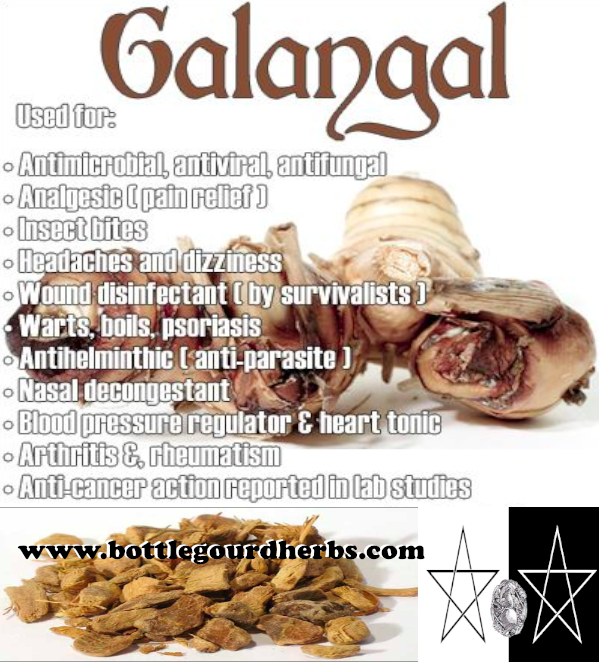 *
*
*The above statements have not been evaluated by the Food and Drug administration. This product is not intended to diagnose, treat, cure, or prevent any disease.
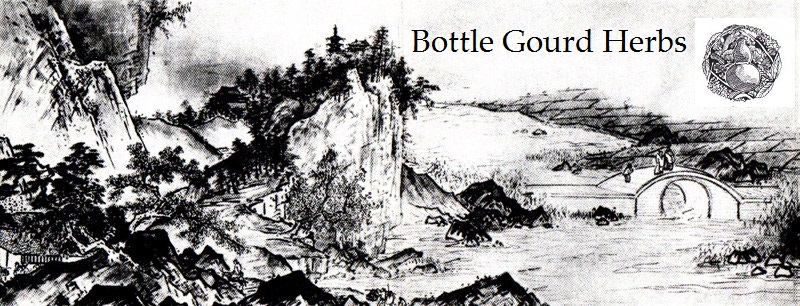

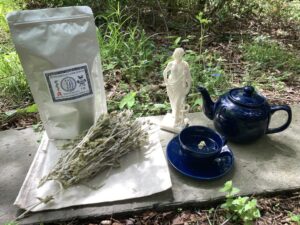
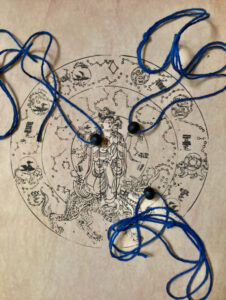
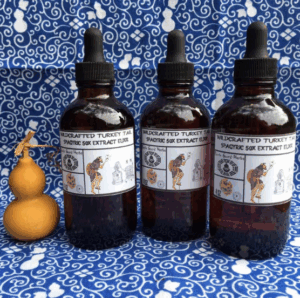
 Adding...
Adding...